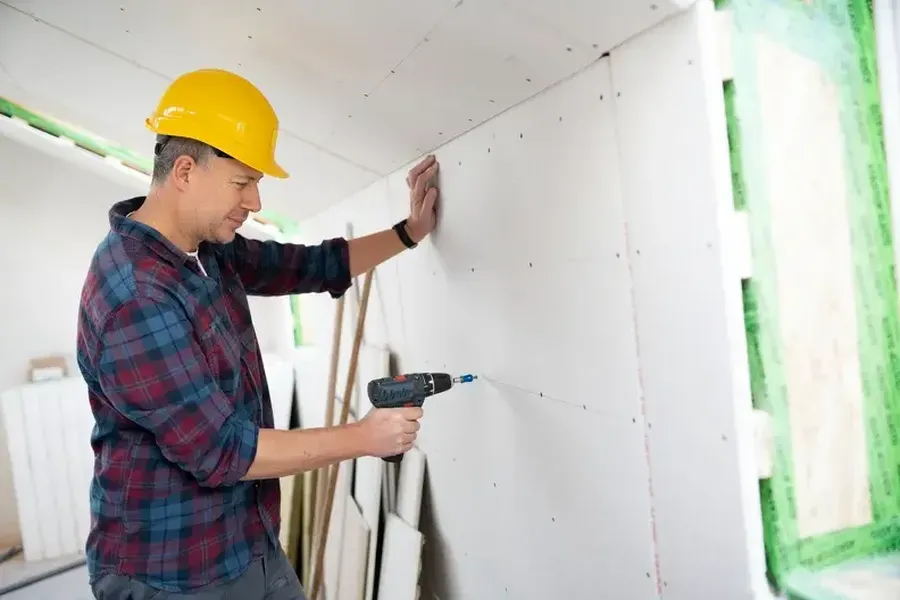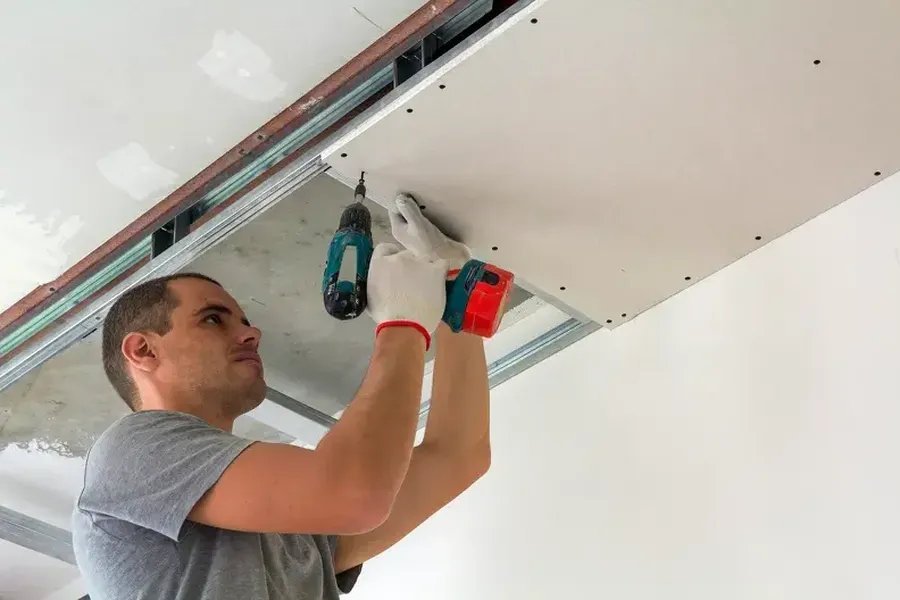The Role of Sheetrock in Enhancing Home Safety
Fire safety is a crucial aspect of home construction and renovation. One key material that plays an important role in fire resistance is sheetrock. Known for its ability to slow down the spread of flames, sheetrock is an essential component in creating safer living environments. Understanding how it contributes to fire resistance can help homeowners make informed decisions when building or renovating their homes.
What Makes Sheetrock Fire-Resistant?
Sheetrock, also known as drywall, is made primarily from gypsum. Gypsum contains water molecules that help retard heat transfer during a fire. When exposed to high temperatures, these water molecules are released as steam. This process slows down the spread of flames by absorbing heat. Additionally, sheetrock provides a barrier that helps contain fires within a specific area, giving occupants more time to evacuate safely.
Importance of Proper Installation
To maximize the fire-resistant properties of sheetrock, proper installation is crucial. Professional installation ensures that seams are tightly sealed and that all areas are adequately covered. During sheetrock installation, experts use techniques such as double-layering to increase the effectiveness of the material’s fire-resistant qualities. Ensuring correct application means fewer gaps where flames can penetrate, thereby enhancing overall safety.
Enhancing Fire Resistance With Layering Techniques
One effective method to improve fire resistance is through layering. By using multiple layers of sheetrock, you create additional barriers that delay the spread of flames. This approach is often applied in critical areas like stairwells and corridors, where controlling fire spread is vital. The layering technique significantly enhances fire protection and can be easily incorporated during new constructions or renovations.
Benefits of Using Sheetrock
- Cost-effective compared to other fireproof materials
- Easy to install and replace
- Durable and long-lasting
- Provides sound insulation alongside fire resistance
These benefits make sheetrock a popular choice for both residential and commercial buildings. Its versatility allows it to be used in various settings, providing both practical and safety advantages.
Common Challenges in Using Sheetrock
Despite its advantages, some challenges come with using sheetrock. Moisture absorption can affect its integrity over time if not properly protected. Additionally, incorrect installation can lead to reduced fire resistance. It’s important to address these issues proactively by ensuring proper sealing and using moisture-resistant variants of sheetrock where necessary.
Best Practices for Fire Safety
- Conduct regular inspections for any damage or wear.
- Use moisture-resistant sheetrock in areas prone to dampness.
- Ensure professional sheetrock installation for optimal performance.
- Consider upgrading older installations with modern fire-resistant options.
Following these best practices will help maintain the integrity of your sheetrock and enhance your home’s overall safety against fires.
Investing in Quality Materials
Selecting quality sheetrock is vital for ensuring maximum fire resistance. Products that meet industry standards provide better performance and durability. Look for certifications that indicate compliance with fire safety regulations. Investing in reputable brands may have higher upfront costs but can save money on repairs and replacements in the long run.
Reach Out Today for Expert Guidance
If you’re considering improving the fire safety of your home, look no further than Raul's Construction, LLC. Based in Carroll, IA, I offer expert advice tailored to your specific needs. Call (712) 201-1958 today to discuss how we can enhance your property’s fire resistance effectively.

